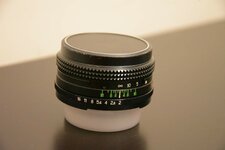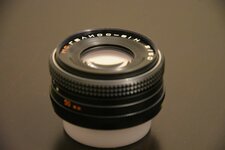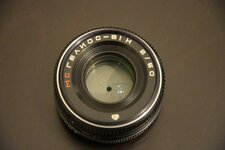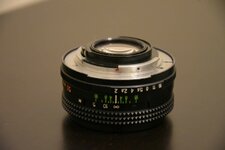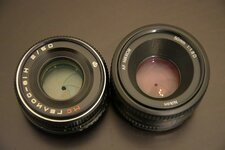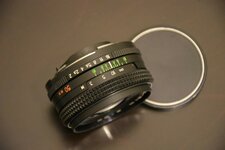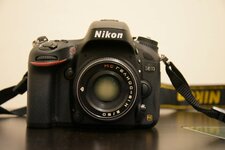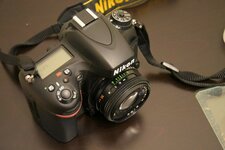General Information
Helios 81N 50mm f/2.0 A Little Gem
Price Used between 35$ to 75$
Average / Usual price in good condition 45$

My small beloved lens. You already know that most of my Close Up photos are made with this lens. I have 2 copies of this lens. The one is dated back in 1991 and the one I will be presenting is the second copy I have dated back to 1992.
It is a lens (the one manufactured in 1991) which I own for more than 25 years. It has served me with excellence until know.
Although I own this lens for many years I never gave it the attention it deserved. It isn't much time since I realised its properties and performance. A few years ago I tried this lens on the first Nikon D7200 lens I owned which was replaced by the second D7200 I have now.
I gave it a chance one day and I was amazed by its detail and generally its performance. But I really started using it the last 6 months.

But lets see some details of this little gem./
Helios lenses are very popular nowadays mostly because of their unique swirly bokeh. The most popular Helios lenses are the 44-2 58mm f/2.0 (M42 mount) and the Helios 40-2 85mm f/1.5 (M42 mount) made for the Zenit system.

Like all the Helios lenses the 81N was made in former USSR.
Technical Specifications
Source
https://radojuva.com/en/2011/02/obzor-gelios-81-n-test/

The Helios 81N lens is not very known.
It was designed to be used as a standard prime lens for the Kiev 17, 19 and 20 system which was implemented using the Nikon F mount. Although the Kiev system was doing exposure metering by pressing the depth of field review button (in order to close the lens aperture and meter the light passing through the lens to adjust shutter speed) the Kiev 17, 19 and 20 lenses where NIkon AI-S compatible. That means that they had the extension in the aperture ring to communicate with the aperture feeler ring of nikon cameras which allowed to nikon users exposure metering without having to close the aperture with the DOF preview button. They can also be used in aperture priority mode. Luckily the midrange Nikon digital cameras and above are equipped still with this feeler for backwards lens combability.
Specifically the Nikon D7XXX series (except D7500) and all Full Frame Nikon D DSLR bodies.

The Helios 81N is also implemented with glass containing a small Lanthanum in one or more of its elements, that means that is very slightly radioactive as Lanthanum is radioactive.
It is also Multi coated and coating from model to model is a bit different presenting different colour tints on the glass depending on the date of manufacturing. The 1991copy I own has a purple tint and the 1992 copy has a green tint.

It is a very compact lens a bit heavy for its small size, built like a tank, from metal and glass.
It is extremely reliable and it never suffered from oily diaphragm blades like other USSR lenses. It has a smooth and sometimes a bit stiff (it depends on the condition of the lens) focusing ring. My both copies focus smoothly across the whole focusing range.
The aperture ring functions also great with tight and accurate clicks.

When mounted on camera is very compact and the ergonomics are fine. Its weight is not a problem and due to its compact size it balances great on the body.



How it performs
Well you have seen a lot of my photos taken with this lens.
The Helios 81N 50mm f/2.0 is surprisingly sharp in the centre and less in the corners when focused to its minimum distance of 50cm. When used from 1m to infinity becomes very soft.
The sharpness increases from f/2.8 and between f4.0 and 8.0 is very very sharp. Its optimal uniform sharpness is at f/5.6. When stopped down to f/16 diffraction appears but not dramatically making the f/16 usable with this lens.
It renders colour greatly! It has excellent contrast and delivers fine textures.
Chromatic Aberrations are present wide open and they have purple/orange and green/aqua colour. They can easily be removed in Post Processing at about 80-90% when is wide open. As the aperture closes the CoMa is significantly reduced and can be almost completely removed.
Its negative points are flare when strong light comes from the front or sides.. It can be controlled at a point with a lens hood of long lens. If light comes from the front (contre jour) it is hard to control it but creates a nice effect.
Bokeh is just magic!!!!!!
As almost all Helios lenses has the known swirly bokeh which appears intensely at some points of focusing distance of subject versus background light sources.
The bokeh balls are round when is wide open but when aperture closes it starts loosing its circular shape because of the small number of aperture blades that are not also rounded....
Bokeh Blur is amazing and it isolates subject in great way from the background.
It has a unique character that presents impressive results when background has linear or circular shapes.
When stopped down to f/4.0 or more has nice star effect at point and focused light sources but it appears a slight haze ring around the pointy lights with a slight rainbow effect (alike of Nebula effect filters).
Finally when the lens is reverse mounted it can produce 5:1 ratio Macro photos.
Photo Samples from my Album Collection Helios 81N 50mm f/2.0
 The Sunset of the Age
The Sunset of the Age
 Love Light... (2)
Love Light... (2)
 Raining Up 2
Raining Up 2
 Tiny Beauty!
Tiny Beauty!
 Natural Geometry
Natural Geometry
 Edge
Edge
 Beauty Shaped
Beauty Shaped
 Abstract Simplicity
Abstract Simplicity
Lens Reversed
 On The Edge Of the Micro World
On The Edge Of the Micro World
Price Used between 35$ to 75$
Average / Usual price in good condition 45$
My small beloved lens. You already know that most of my Close Up photos are made with this lens. I have 2 copies of this lens. The one is dated back in 1991 and the one I will be presenting is the second copy I have dated back to 1992.
It is a lens (the one manufactured in 1991) which I own for more than 25 years. It has served me with excellence until know.
Although I own this lens for many years I never gave it the attention it deserved. It isn't much time since I realised its properties and performance. A few years ago I tried this lens on the first Nikon D7200 lens I owned which was replaced by the second D7200 I have now.
I gave it a chance one day and I was amazed by its detail and generally its performance. But I really started using it the last 6 months.
But lets see some details of this little gem./
Helios lenses are very popular nowadays mostly because of their unique swirly bokeh. The most popular Helios lenses are the 44-2 58mm f/2.0 (M42 mount) and the Helios 40-2 85mm f/1.5 (M42 mount) made for the Zenit system.
Like all the Helios lenses the 81N was made in former USSR.
Technical Specifications
Source
https://radojuva.com/en/2011/02/obzor-gelios-81-n-test/
| Name | MC Helios-81H 2/50 with the logo of the Arsenal factory (there are a lot of other ways to write the name of the lens) |
| Basic properties |
|
| Front Filter Diameter | 52 mm |
| Focal length | 50 mm (according to some sources - 52 or 53 mm), EGF for cameras with APS-C sensor is approximately 75 mm |
| Zoom ratio | 1 x |
| Designed by | for film cameras with a frame size of 36 mm X 24 mm |
| Number of aperture blades | 6 petals. Petals form a hexagon of approximately the correct shape. Petals are dull metal, not blackened. |
| Labels | focusing distance only in meters. The depth of field scale for the values F / 4, 8, 16 (clearly indicated) and F / 11, 5.6, 2.8 (only strips). Scale with aperture values for F / 2, 2.8, 4, 5.6, 8, 11, 16. Mount mount label (red dot, applied directly to the metal part of the mount) |
| Diaphragm | From F / 2 to F / 16.0, it is regulated by the aperture ring, there is no diaphragm operation method switch on the lens. The ring has one intermediate fixed value between the indicated pairs of numbers (between F / 11 and F / 16 there is no intermediate value). |
| MDF (minimum focusing distance) | 0.5 m, maximum magnification ratio is 1: 7 (approximately) |
| The weight | 250 g (approximately) |
| Optical design | 6 elements in 4 groups, ('Planar' type scheme)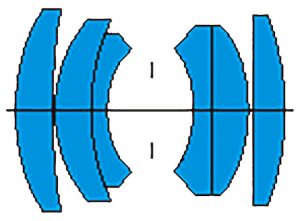
|
| Lens hood | screwed into the front filter, marking of the original hood not found. |
| Manufacturer country | USSR, Arsenal plant (later the lens was produced under the 'Arsat' brand in Ukraine). |
| Period | Several years, the exact period of production is unknown. |
The Helios 81N lens is not very known.
It was designed to be used as a standard prime lens for the Kiev 17, 19 and 20 system which was implemented using the Nikon F mount. Although the Kiev system was doing exposure metering by pressing the depth of field review button (in order to close the lens aperture and meter the light passing through the lens to adjust shutter speed) the Kiev 17, 19 and 20 lenses where NIkon AI-S compatible. That means that they had the extension in the aperture ring to communicate with the aperture feeler ring of nikon cameras which allowed to nikon users exposure metering without having to close the aperture with the DOF preview button. They can also be used in aperture priority mode. Luckily the midrange Nikon digital cameras and above are equipped still with this feeler for backwards lens combability.
Specifically the Nikon D7XXX series (except D7500) and all Full Frame Nikon D DSLR bodies.
The Helios 81N is also implemented with glass containing a small Lanthanum in one or more of its elements, that means that is very slightly radioactive as Lanthanum is radioactive.
It is also Multi coated and coating from model to model is a bit different presenting different colour tints on the glass depending on the date of manufacturing. The 1991copy I own has a purple tint and the 1992 copy has a green tint.
It is a very compact lens a bit heavy for its small size, built like a tank, from metal and glass.
It is extremely reliable and it never suffered from oily diaphragm blades like other USSR lenses. It has a smooth and sometimes a bit stiff (it depends on the condition of the lens) focusing ring. My both copies focus smoothly across the whole focusing range.
The aperture ring functions also great with tight and accurate clicks.
When mounted on camera is very compact and the ergonomics are fine. Its weight is not a problem and due to its compact size it balances great on the body.
How it performs
Well you have seen a lot of my photos taken with this lens.
The Helios 81N 50mm f/2.0 is surprisingly sharp in the centre and less in the corners when focused to its minimum distance of 50cm. When used from 1m to infinity becomes very soft.
The sharpness increases from f/2.8 and between f4.0 and 8.0 is very very sharp. Its optimal uniform sharpness is at f/5.6. When stopped down to f/16 diffraction appears but not dramatically making the f/16 usable with this lens.
It renders colour greatly! It has excellent contrast and delivers fine textures.
Chromatic Aberrations are present wide open and they have purple/orange and green/aqua colour. They can easily be removed in Post Processing at about 80-90% when is wide open. As the aperture closes the CoMa is significantly reduced and can be almost completely removed.
Its negative points are flare when strong light comes from the front or sides.. It can be controlled at a point with a lens hood of long lens. If light comes from the front (contre jour) it is hard to control it but creates a nice effect.
Bokeh is just magic!!!!!!
As almost all Helios lenses has the known swirly bokeh which appears intensely at some points of focusing distance of subject versus background light sources.
The bokeh balls are round when is wide open but when aperture closes it starts loosing its circular shape because of the small number of aperture blades that are not also rounded....
Bokeh Blur is amazing and it isolates subject in great way from the background.
It has a unique character that presents impressive results when background has linear or circular shapes.
When stopped down to f/4.0 or more has nice star effect at point and focused light sources but it appears a slight haze ring around the pointy lights with a slight rainbow effect (alike of Nebula effect filters).
Finally when the lens is reverse mounted it can produce 5:1 ratio Macro photos.
Photo Samples from my Album Collection Helios 81N 50mm f/2.0
 The Sunset of the Age
The Sunset of the Age Love Light... (2)
Love Light... (2)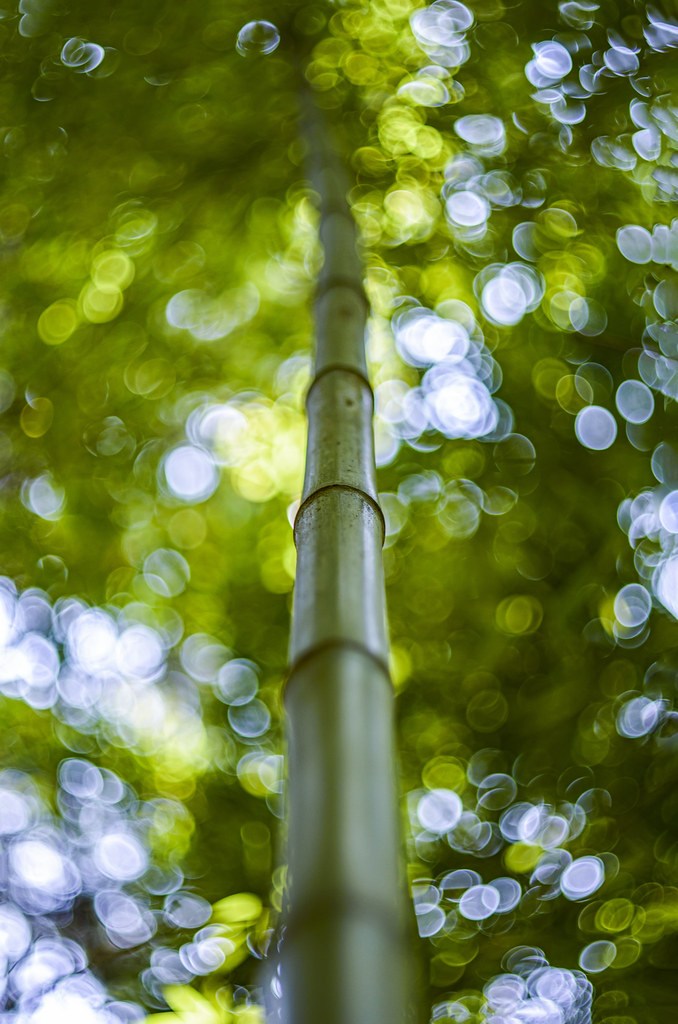 Raining Up 2
Raining Up 2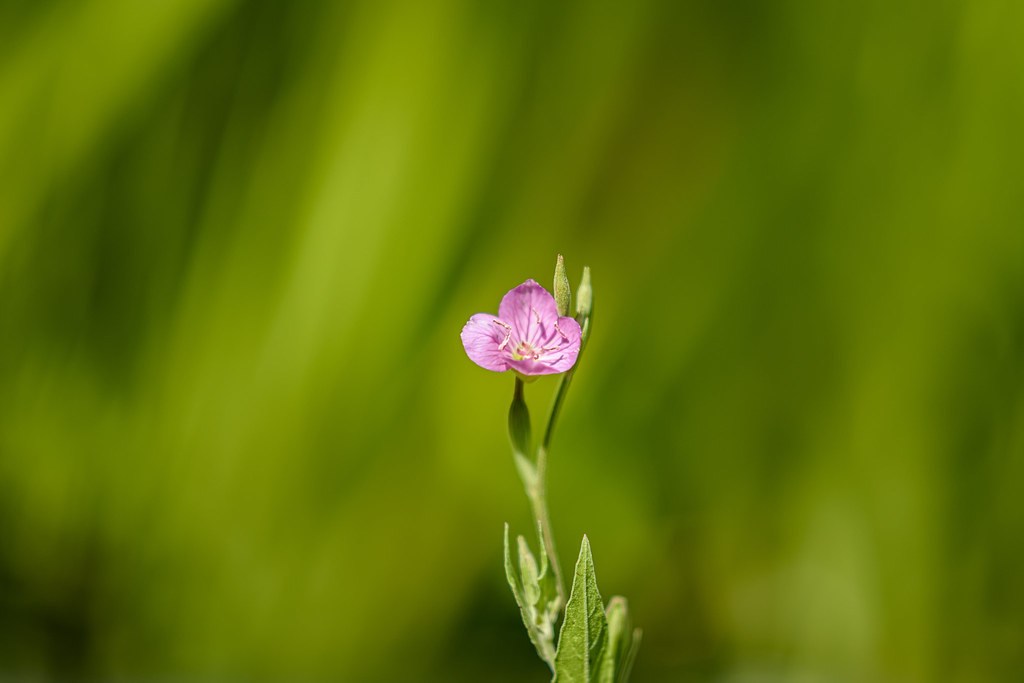 Tiny Beauty!
Tiny Beauty!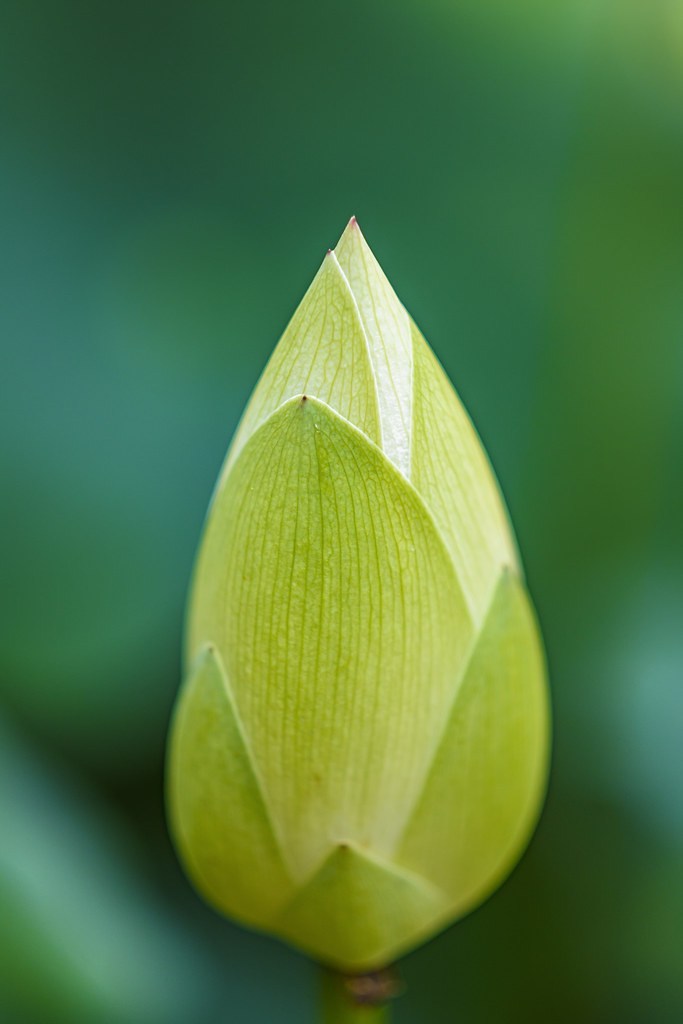 Natural Geometry
Natural Geometry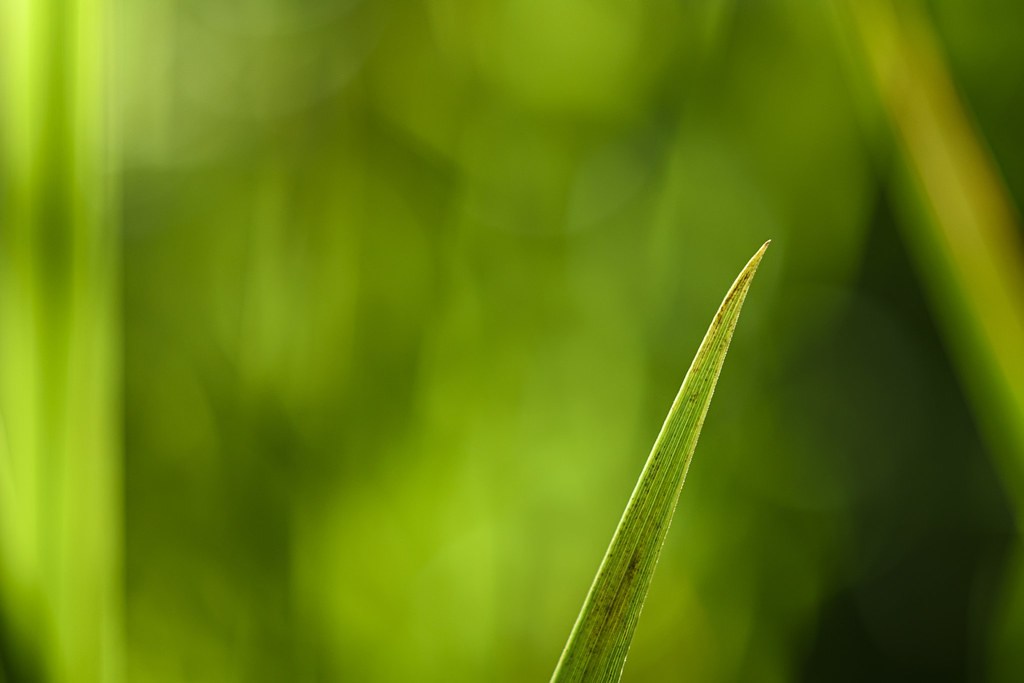 Edge
Edge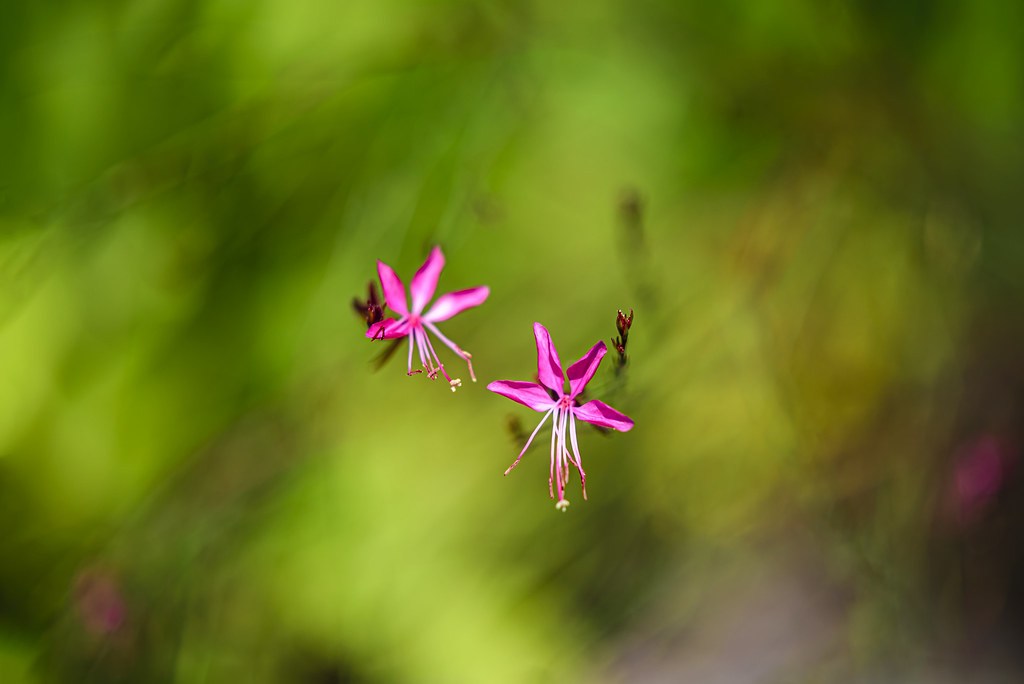 Beauty Shaped
Beauty Shaped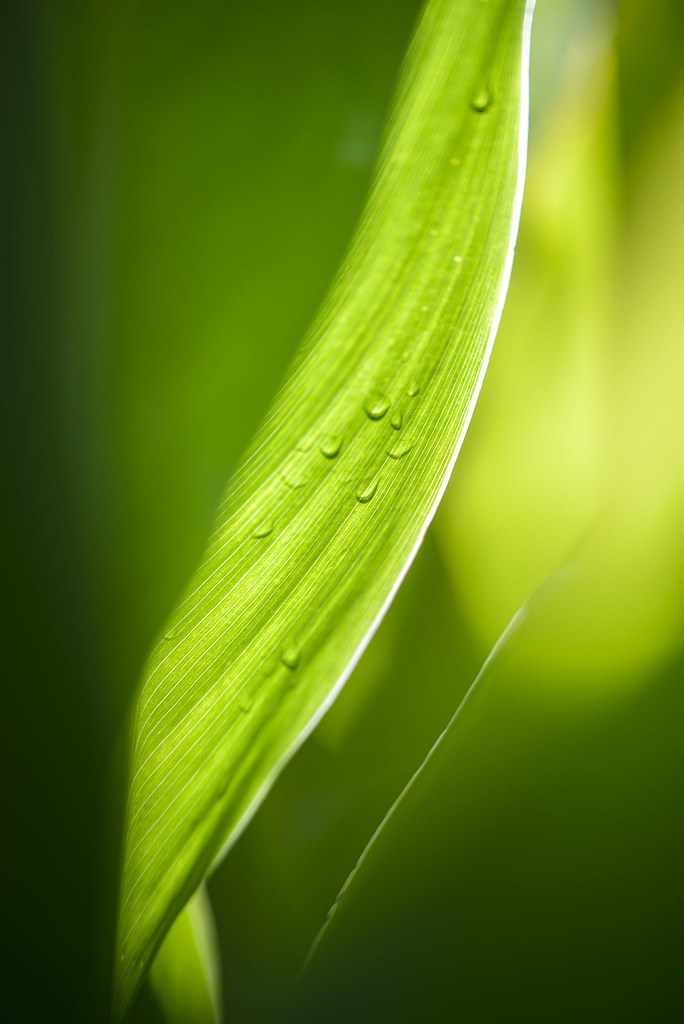 Abstract Simplicity
Abstract SimplicityLens Reversed
 On The Edge Of the Micro World
On The Edge Of the Micro WorldLens Information
- Colour
- Black
- Origin
- Russian /USSR
- Condition
- Used
Ownership Information
- Own since
- 1995
- Ownership
- Yes
- Serial Number
- 9202346
- Selling
- No
- Owner
- Purchase

